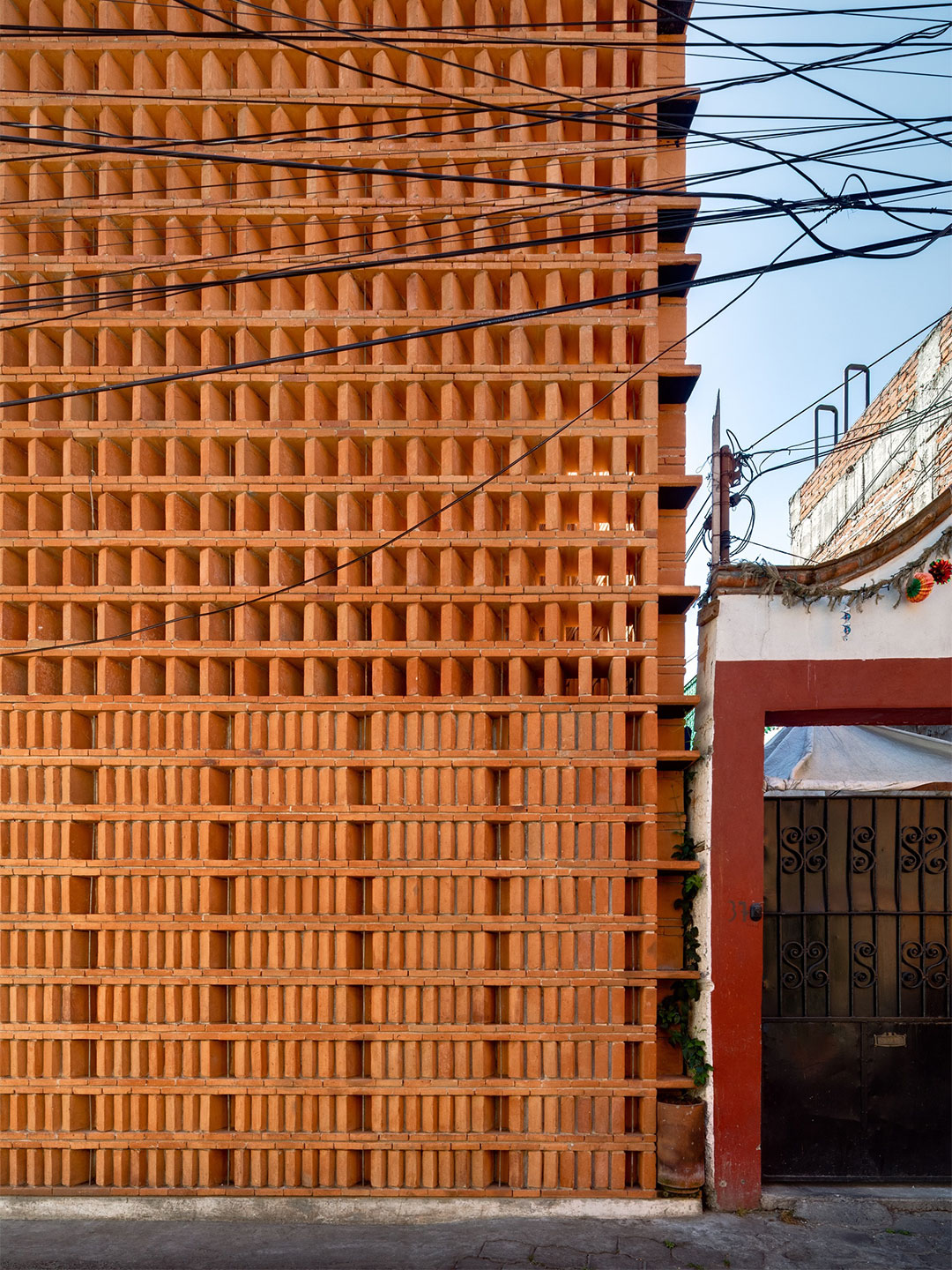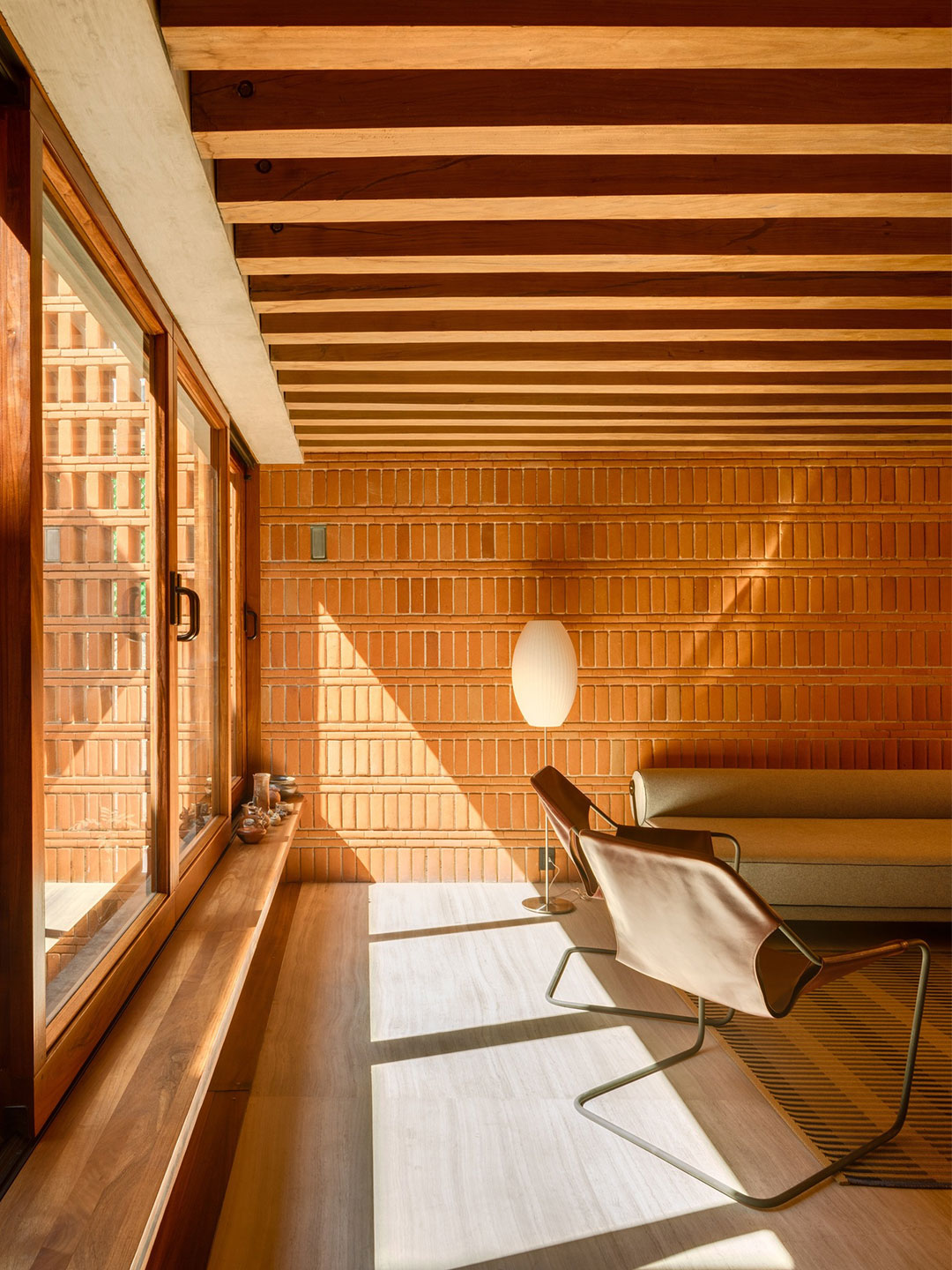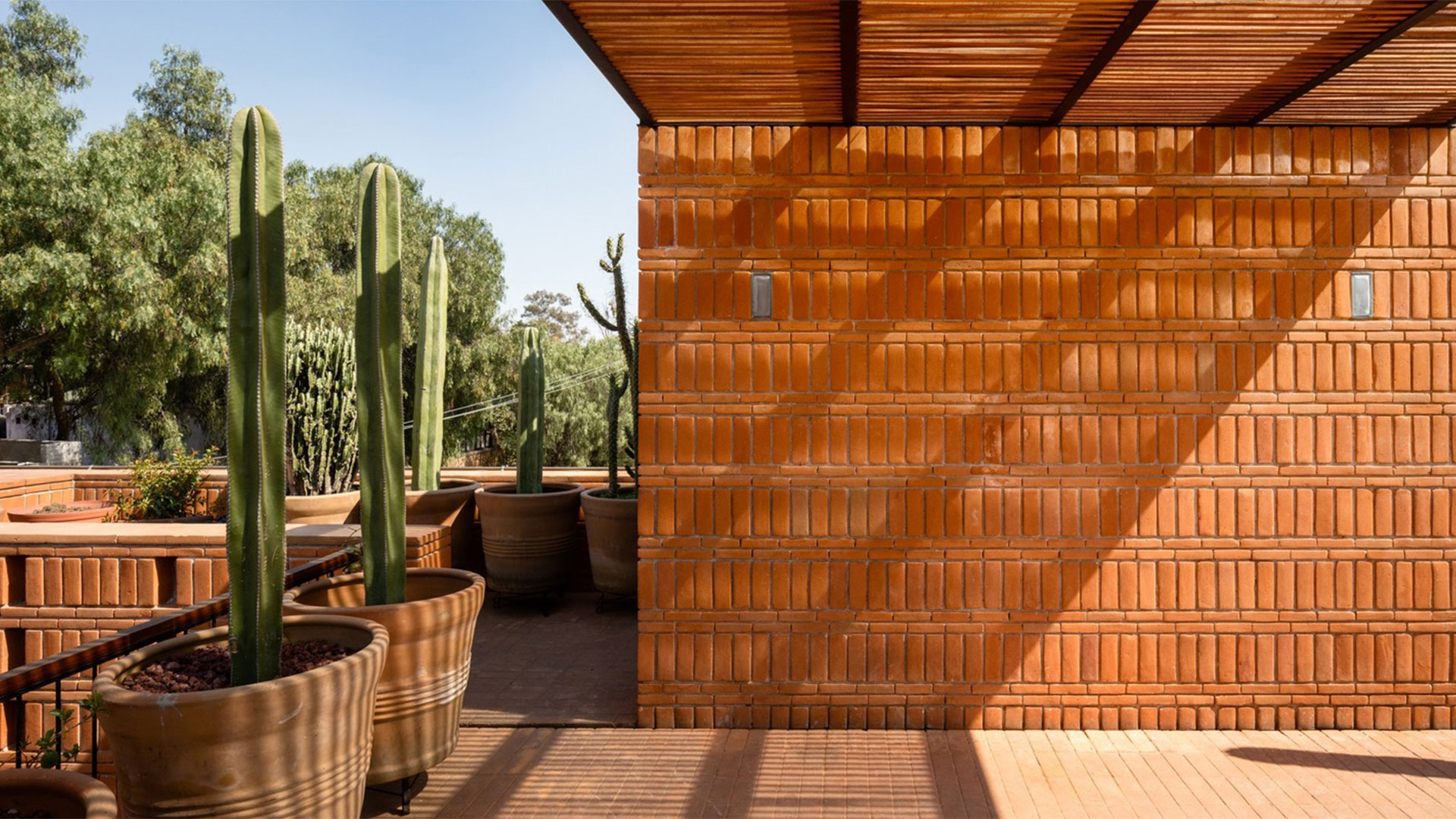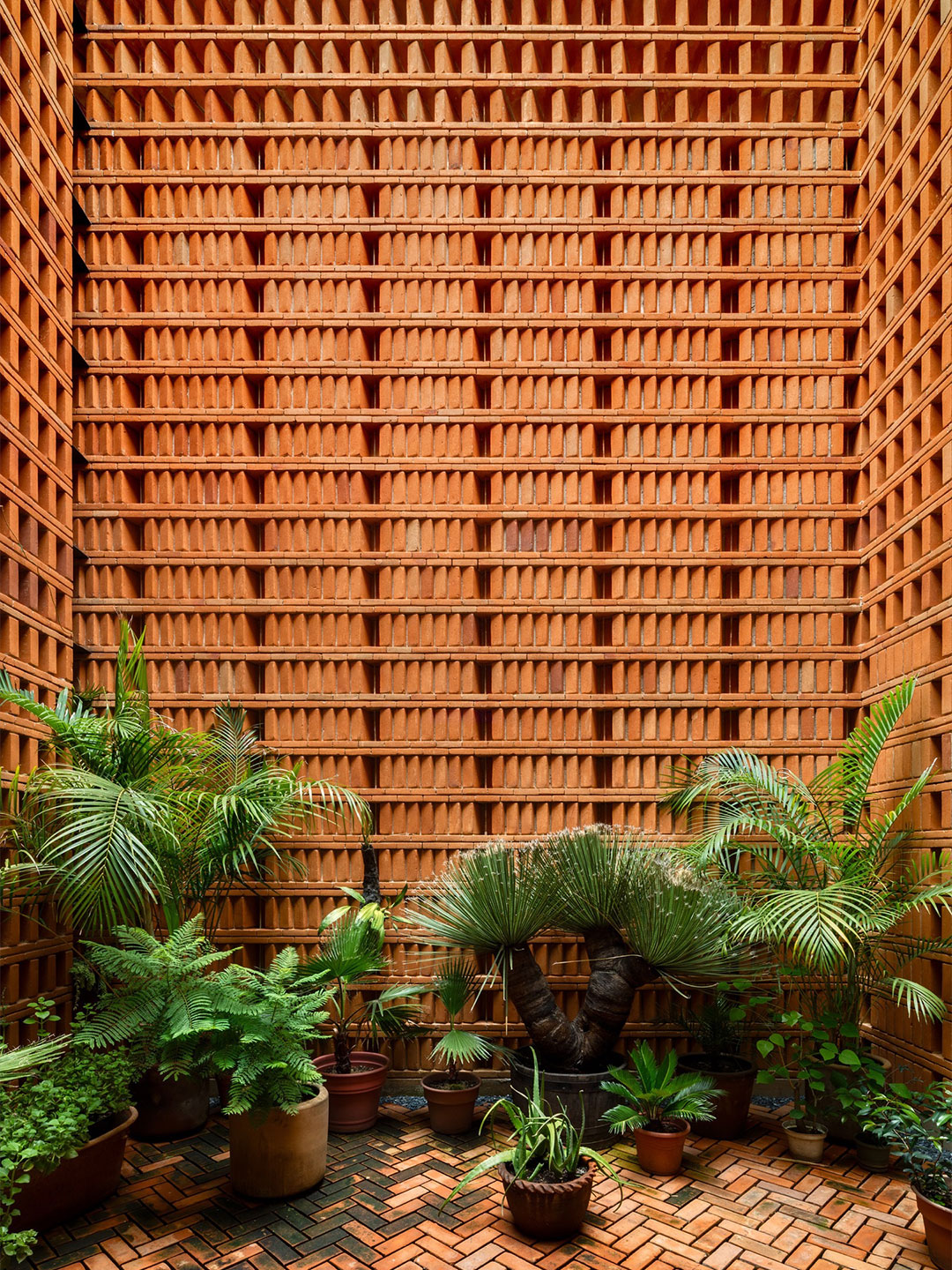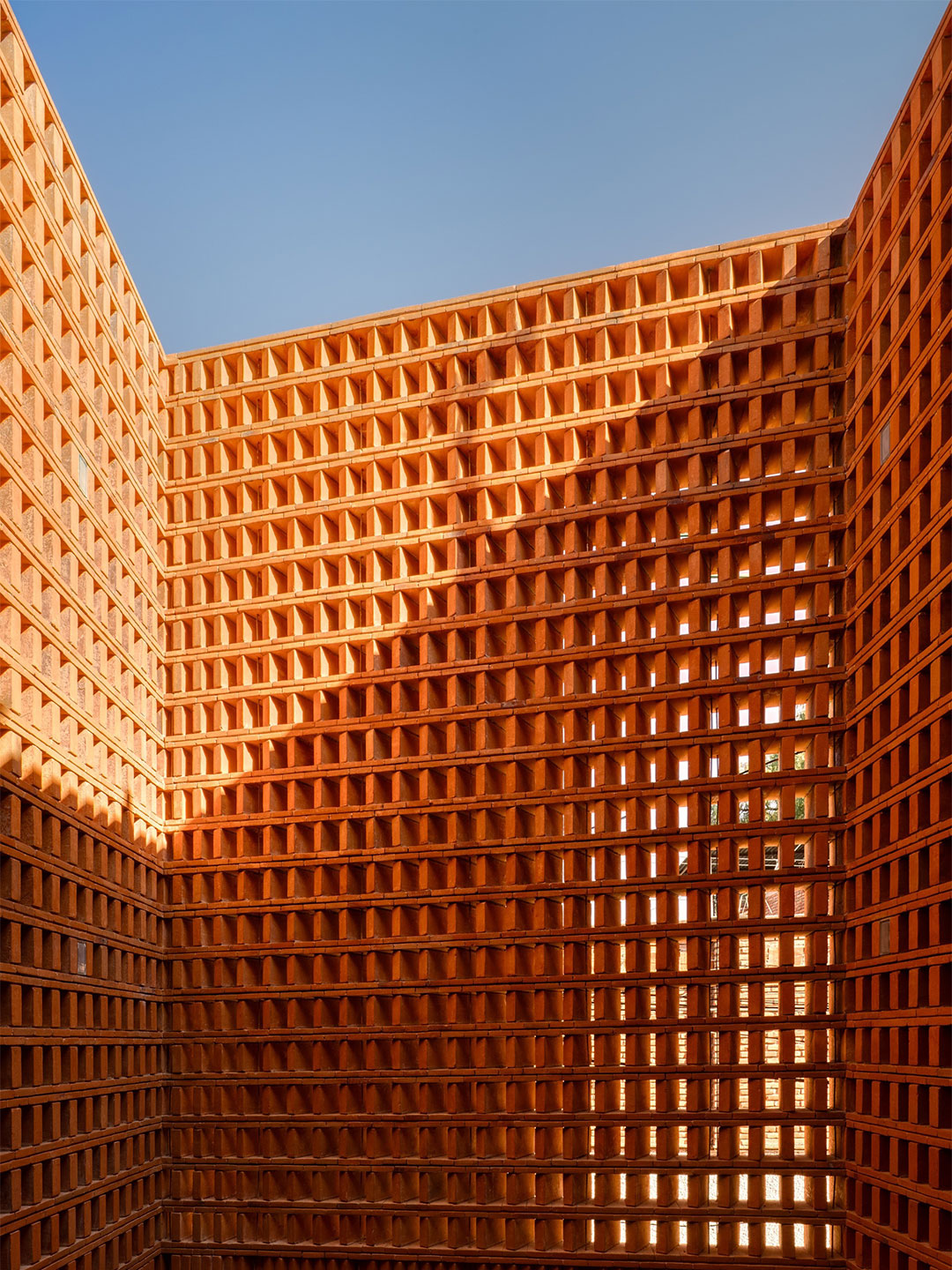MVRDV has completed the development of Ilot Queyries, a courtyard apartment complex comprising 282 homes – including 128 for social housing – with “plenty of light, air, and a large collective green space,” say the Netherlands-based architects. Located to the east of the River Garonne in Bordeaux, France, just across from the city’s historic centre, the project also includes vehicle parking and commercial space, and a rooftop restaurant in an intimate urban setting. The development joins a new neighbourhood of four buildings masterplanned by MVRDV in collaboration with Joubert Architecture.
The Ilot Queyries project is envisaged as a “test-bed” for the principles of the neighbouring Bastide-Niel masterplan, also designed by MVRDV, which aims to combine the virtues of intimacy, surprise and liveliness with the density, ecology, light and comfort of the modern city. “The [Ilot Queyries] building fills the site to its boundaries, lending an intimate feeling to the streetscape,” the MVRDV team say. “The roofs are arranged into carefully calibrated slopes to provide maximum ventilation, daylight, and sun to the building itself and to its neighbours.”


Courtyard living: Ilot Queyries apartments in Bordeaux by MVRDV
The building is irregularly shaped and spans a length of almost 200 metres. Furthermore, it responds to its surroundings on all sides, including on the south-eastern end of the building where sections as low as one storey relate to the low-rise neighbours. On the north-east, facing the river, it rises as high as nine storeys. At the high point, a glass crown houses a restaurant with views of the river and the city of Bordeaux beyond.
The facades that present to the street are lower than those facing the central courtyard. And in accordance with the rules developed in the Bastide-Niel masterplan, the roof slopes vary between 14 degrees and 45 degrees depending on their relation to the sun. “These slopes create complex and interesting interior spaces, which help to define varied apartments in a wide range of sizes – making the building home to many different types of resident, while also giving a unique and homely feel to each living space,” the architects explain.
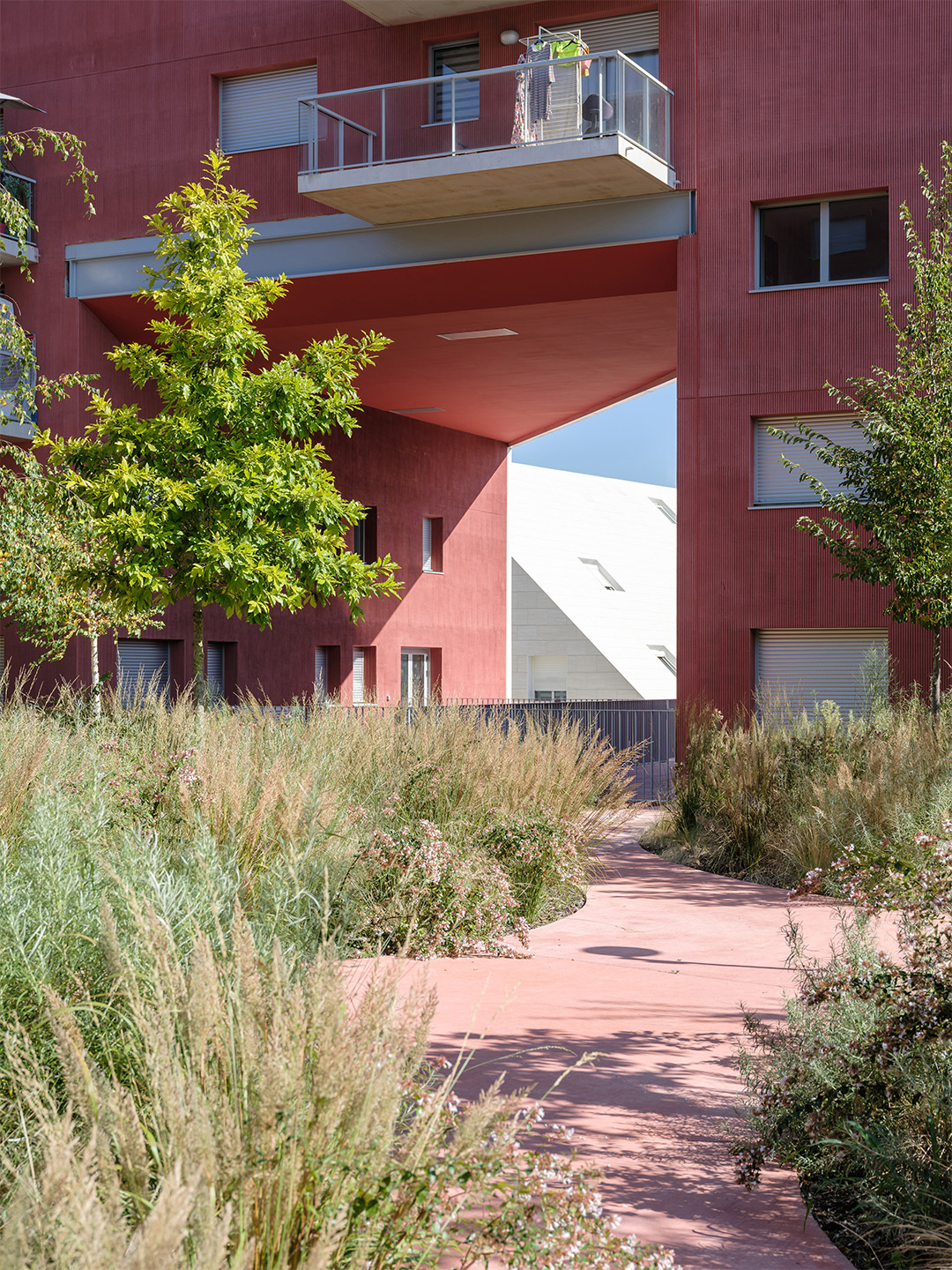
The project’s street-facing facades present a muted, cream-coloured palette that sits in harmony with the surroundings. However, the courtyard-facing facades are finished in a bright red textured stucco. Together with the green courtyard landscape, filled with alder and birch trees and a variety of grasses, this presents a visually exciting environment to complement the liveliness of the park. At various locations, large portals through the building connect the interior courtyard to the outside, introducing flashes of colour that draw the attention of passers-by and inspire curiosity about the space inside.
“The COVID-19 pandemic showed everyone how valuable outdoor spaces close to their homes can be, and I hope Ilot Queyries can show that such amenities don’t require compromise,” says MVRDV founding partner Winy Maas. “The building creates close and intimate streets without ugly parked cars thanks to its ample car parking. At the same time every apartment is provided a balcony or loggia, while the green park space becomes a wonderful community amenity.”
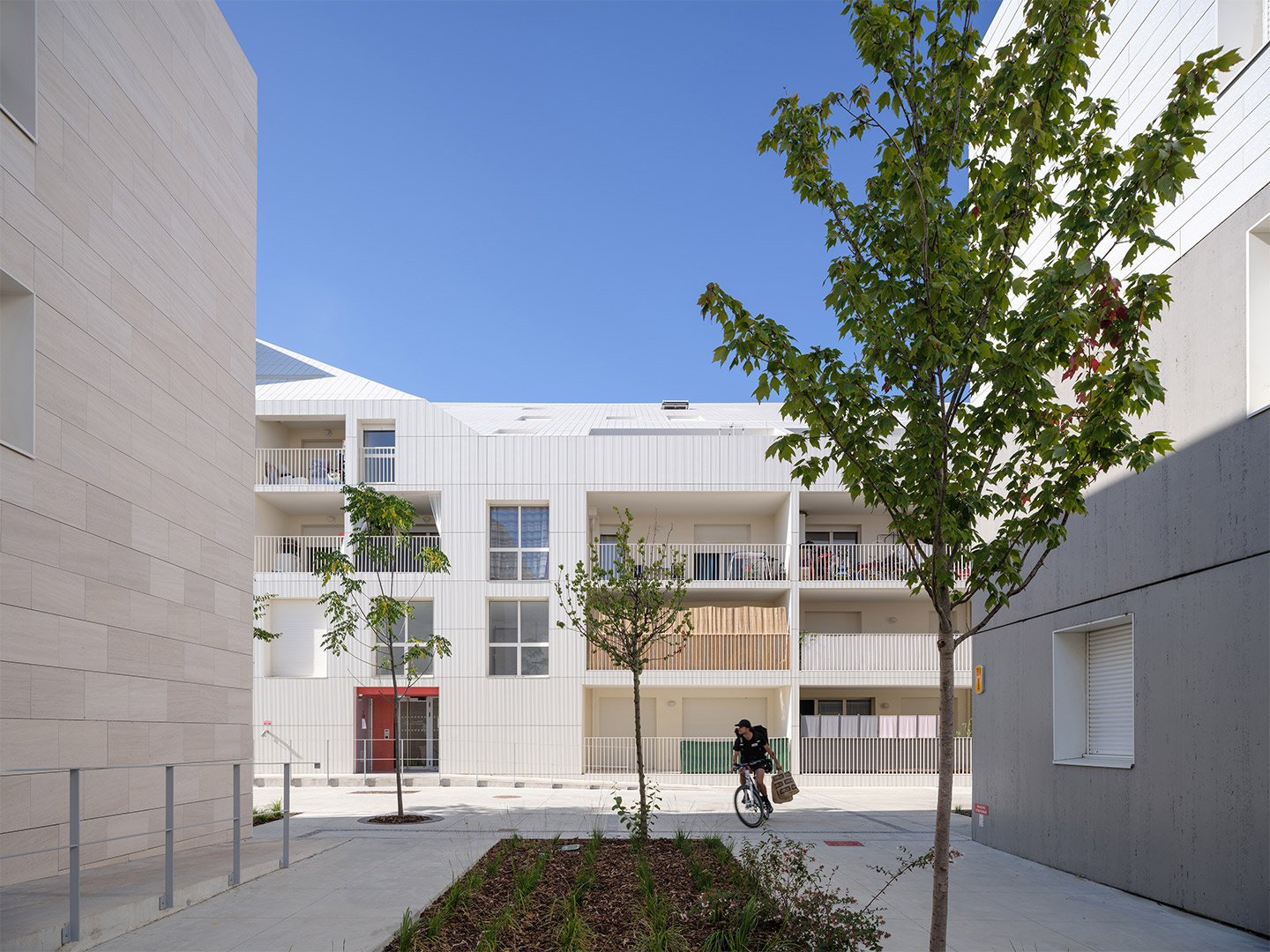
“This project served as preparation for the grander plan of the Bastide Niel development,” Winy adds. “With this project we were able to test some of our ideas, which resulted in a masterplan with more greenery in the streets, better cost optimisation for facades and more open courtyards.”
Ilot Queyries is the largest building in a development of four buildings masterplanned by MVRDV and Joubert Architecture. Ilot Queyries itself was designed by MVRDV with co-architects Flint, while Joubert Architecture and Flint also designed the other buildings in the development. The landscape architecture of Ilot Queyries was designed by MVRDV in collaboration with Sabine Haristoy and Flint.
mvrdv.nl; joubertarchitecture.nl; flint.fr
With this project we were able to test some of our ideas, which resulted in a masterplan with more greenery in the streets, better cost optimisation for facades and more open courtyards.





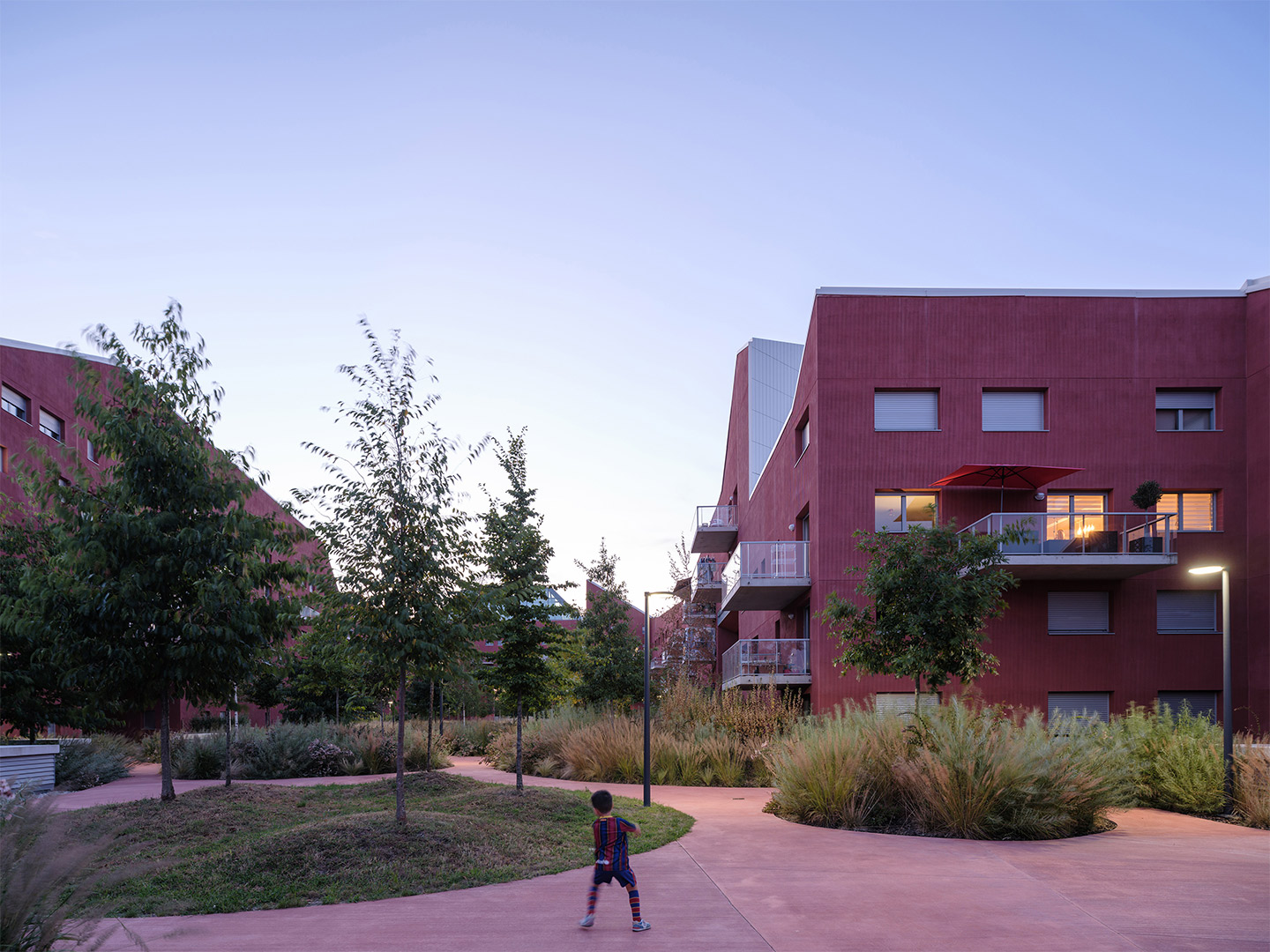
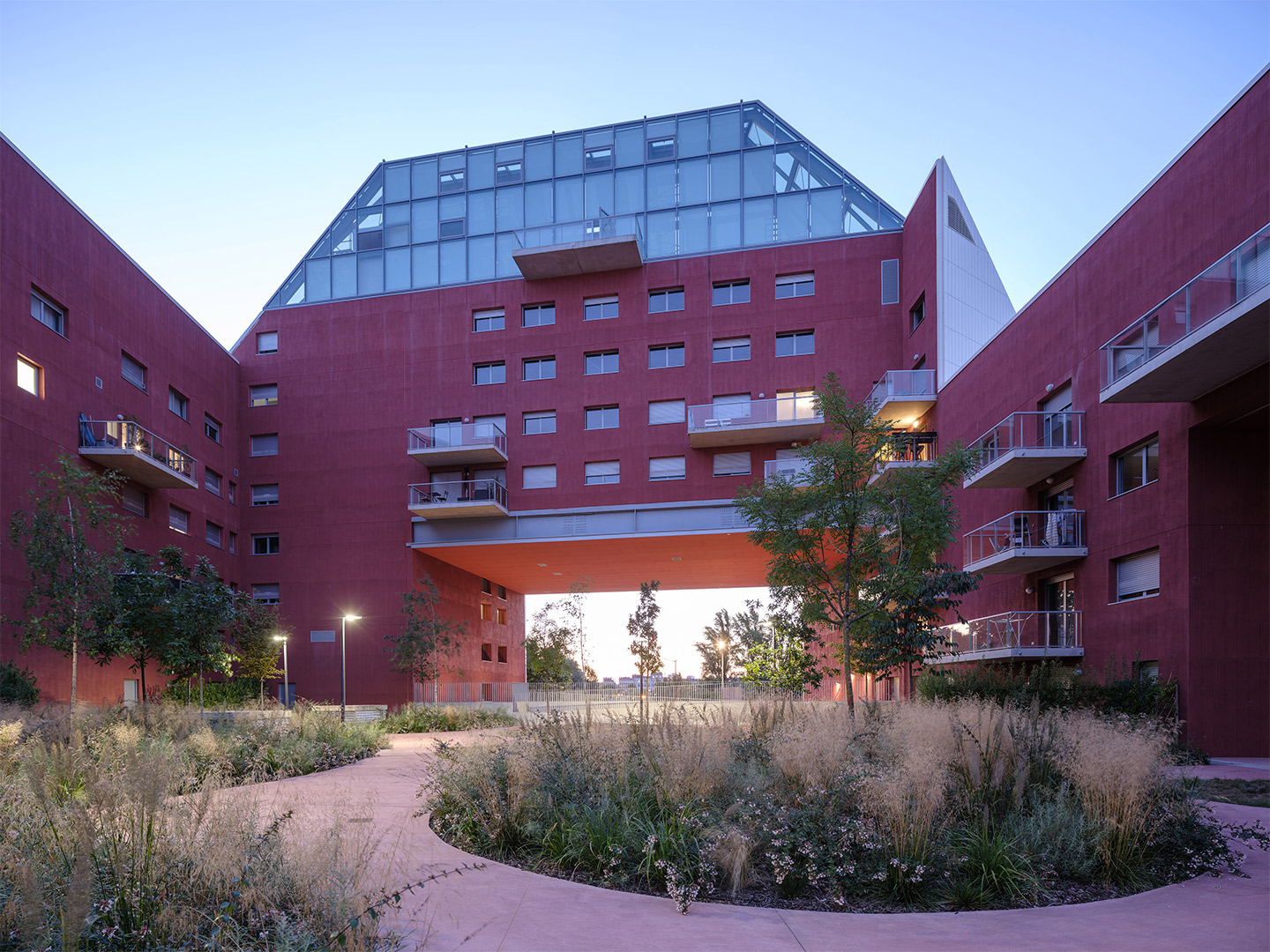
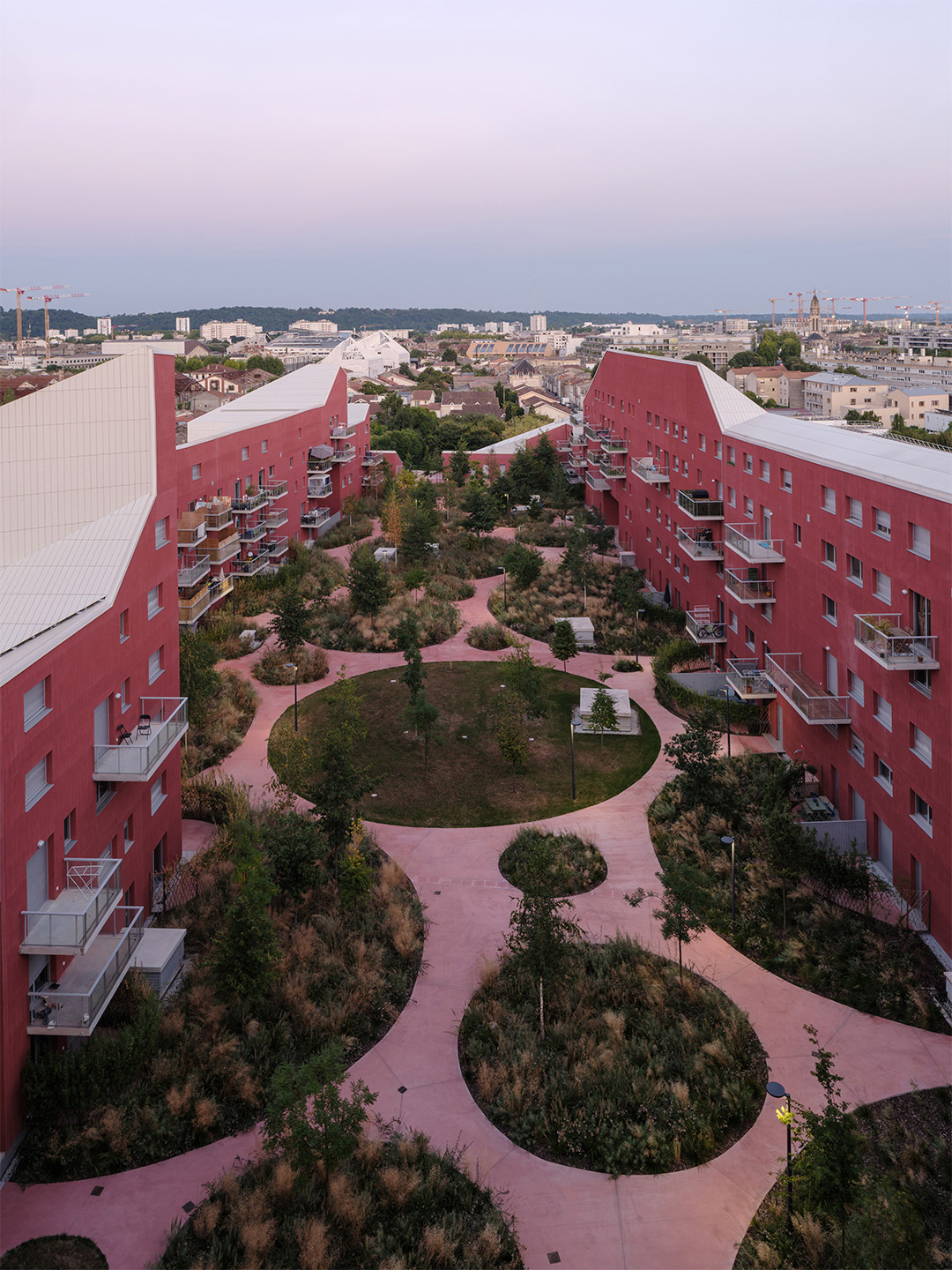
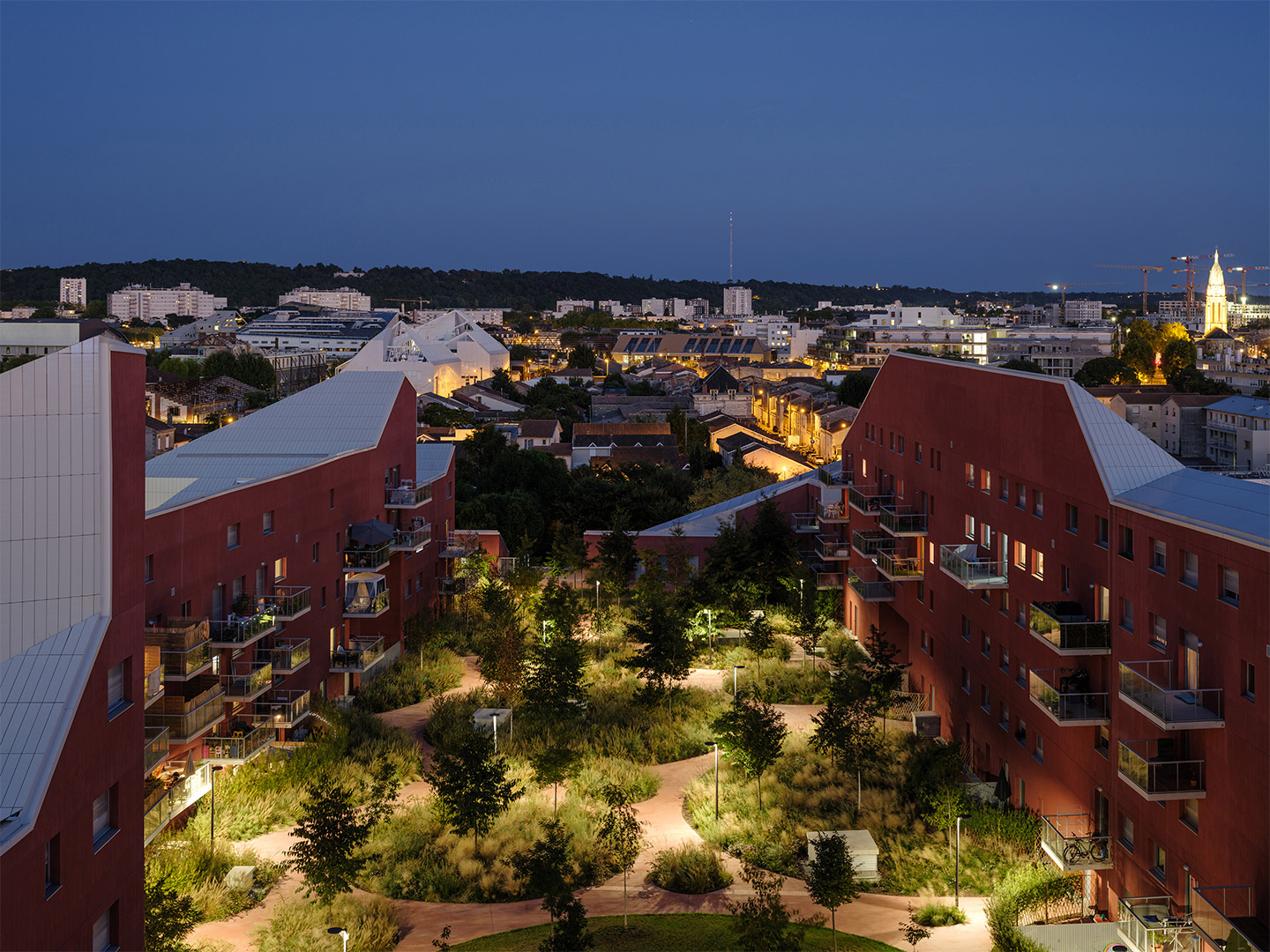
Catch up on more architecture, art and design highlights. Plus, subscribe to receive the Daily Architecture News e-letter direct to your inbox.
Related stories
- Venus Power collection of rugs by Patricia Urquiola for cc-tapis.
- Bitossi celebrates centenary in Florence with new museum and 7000-piece display.
- Casa R+1 residence in southern Spain by Puntofilipino.
MVRDV has completed the development of Ilot Queyries, a courtyard apartment complex comprising 282 homes – including 128 for social housing – with “plenty of light, air, and a large collective green space,” say the Netherlands-based architects. Located to the east of the River Garonne in Bordeaux, France, just across from the city’s historic centre, the project also includes vehicle parking and commercial space, and a rooftop restaurant in an intimate urban setting. The development joins a new neighbourhood of four buildings masterplanned by MVRDV in collaboration with Joubert Architecture.
“Brick is a common material and very connected to certain areas of the country and especially to the city of Mexico. There have always been brickyards and the buildings have always been made out of bricks,” says Mauricio. “[At Iturbide Studio] it was important to us to investigate, to de-construct traditional brickwork, and transform it into contemporary brickwork.”
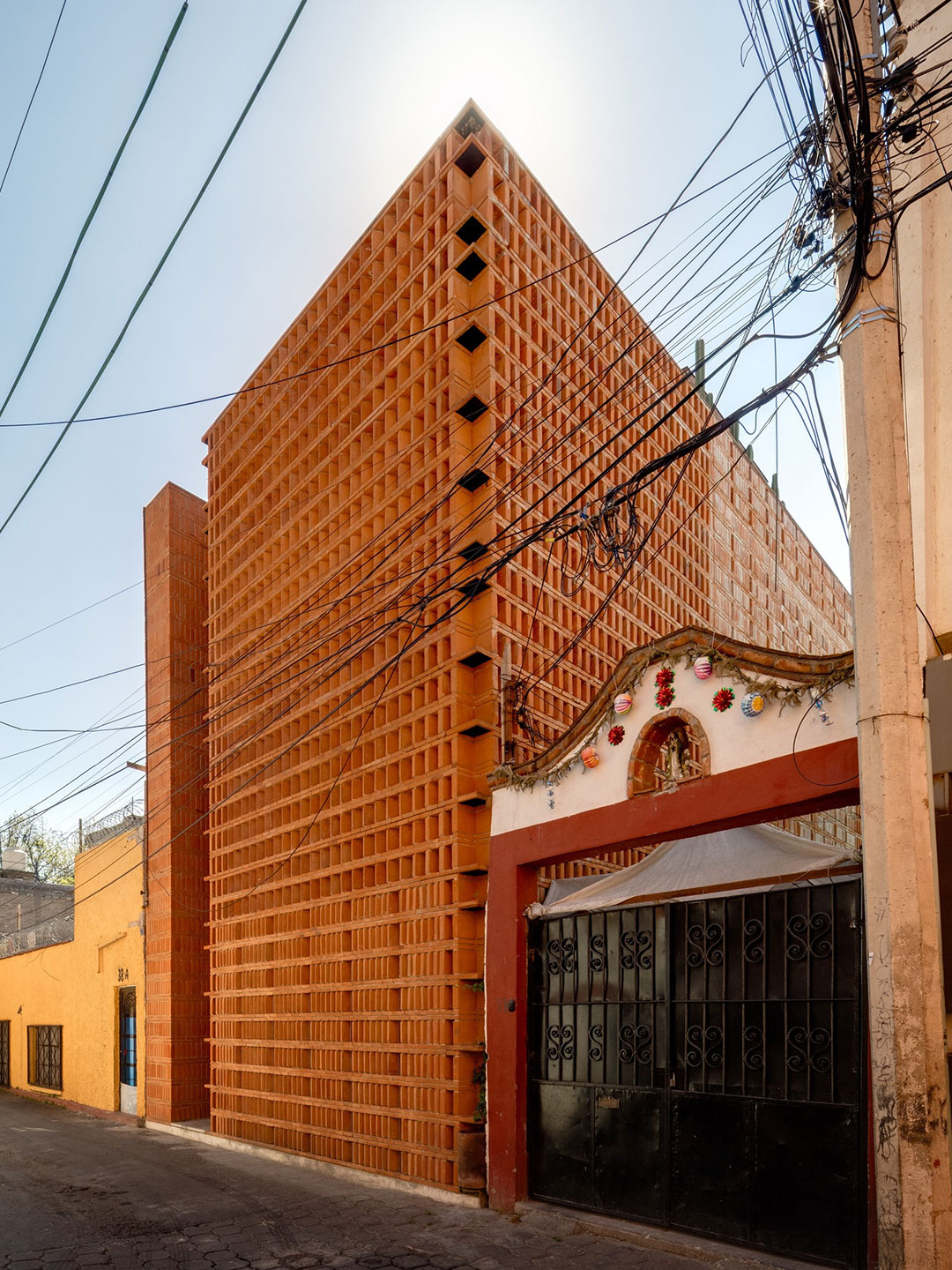
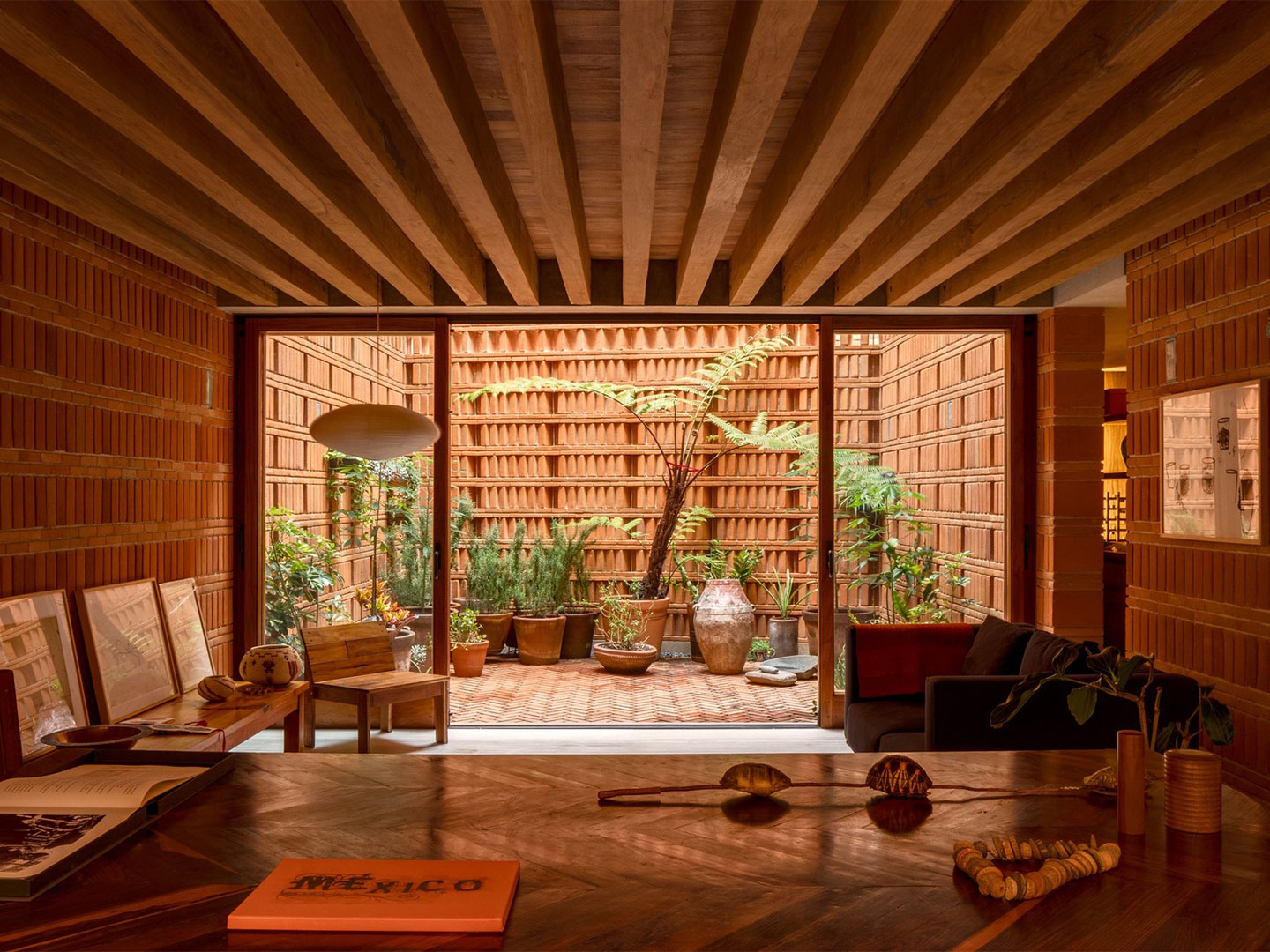
Iturbide Studio in Mexico City by Taller de Arquitectura Mauricio Rocha
Two years in the making, the now-completed Iturbide Studio is affectionately called Graciela’s “small factory of bricks”: a compact, three-storey building that rises monument-like from a plot of only 7 x 14 metres. Behind the textured brick facade which glows in the afternoon light – as if to reflect the joy of its owner – three planes of timber, concrete and marble appear stretched from one end of the site to the other, flanked to the north and south by a pair of towering walled patios.
The patio walls feature four different custom-made bricks, sourced from Puebla, where special attention was given to the brick-laying techniques. The delicate balance of privacy and ventilation was achieved by the way in which bricks were angled to reduce sightlines yet encourage airflow, resulting in vertical planes of mesmerising brickwork. Now, as the sun moves overhead, the patio walls seemingly come alive in the background, presenting the occupants with a visual feast of light and shadow that imbues the interior spaces with soul-soothing mood.
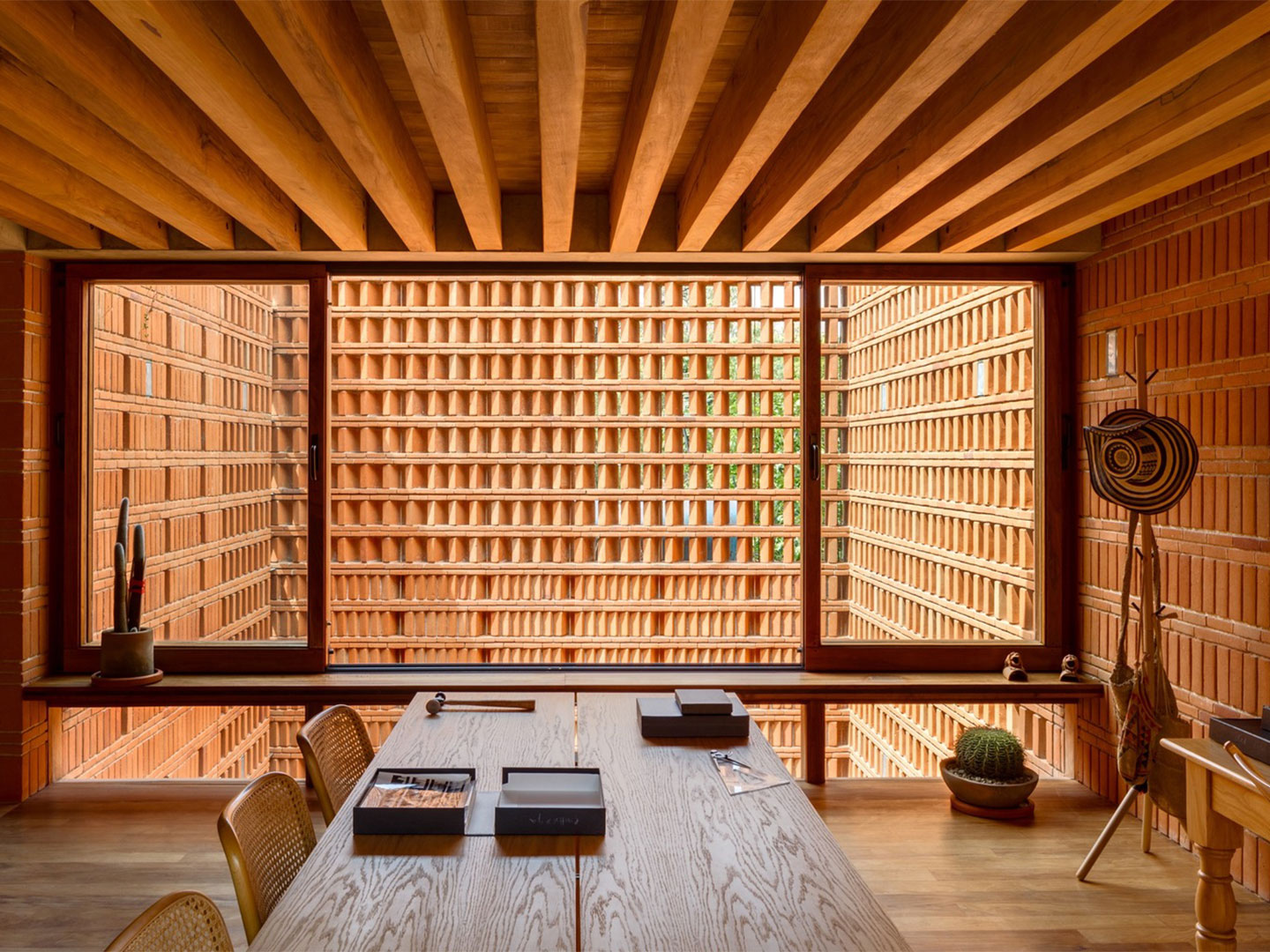
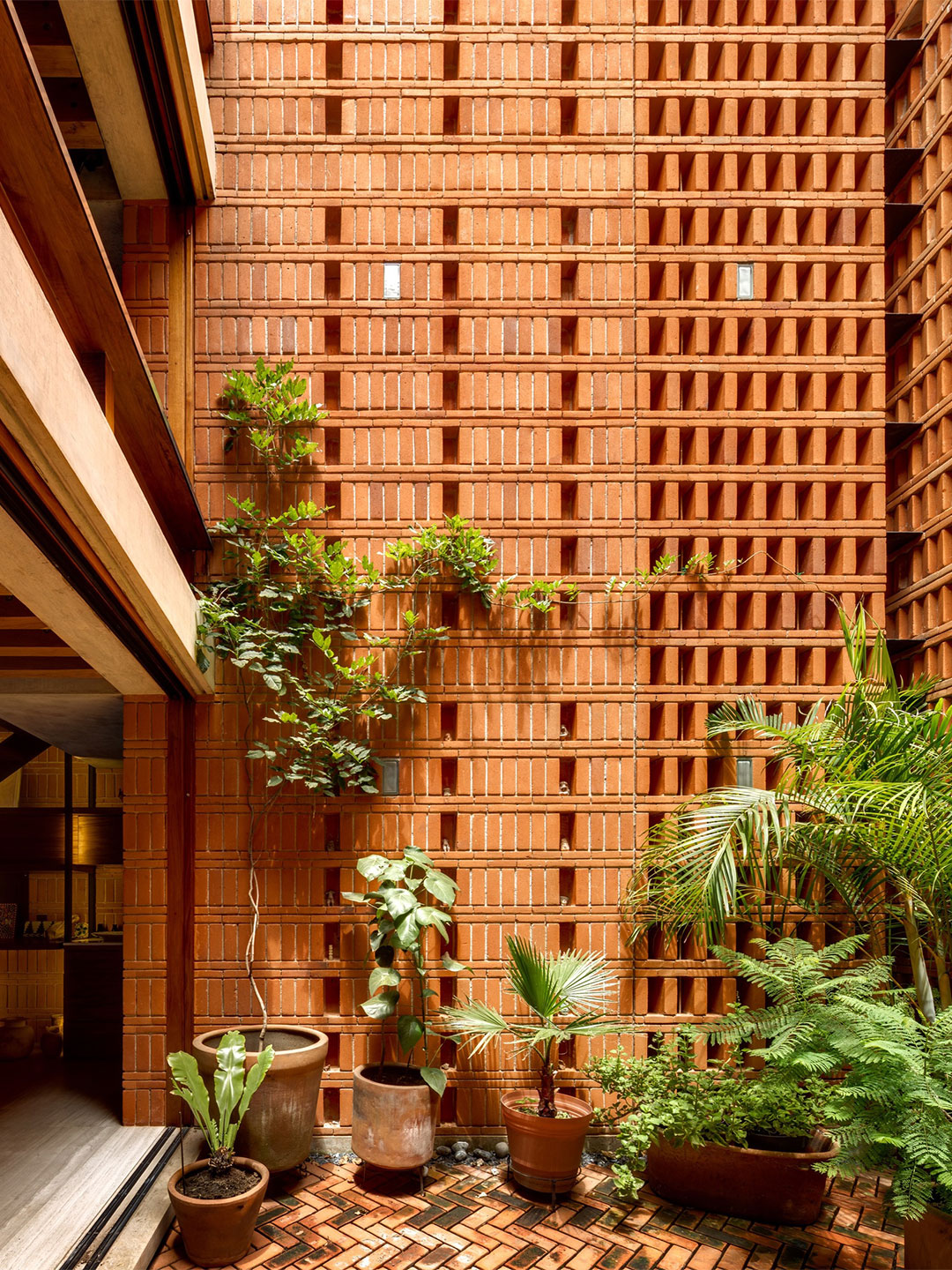
It was important to us to investigate, to de-construct traditional brickwork, and transform it into contemporary brickwork.
“It appears to me today that my mother lives in the building in an extraordinary way. I knew beforehand that she would place her objects, which she has been collecting throughout the past, that she would place plants and decorate the space with great taste,” says Mauricio. “The greatest challenge was that the architecture wouldn’t impose itself on the living space. That it would evolve into an instrument that can create atmosphere in which the client’s life is what matters most.”
Anchored to the long eastern wall, the studio’s staircases, bathroom and kitchen ammenities form the top stroke of a stacked T-shaped floor plan, making way in the body of the building for the service area, the circulation spaces and the large bookcase – “a vertical element that is integrated into the container walls to practically disappear and only give body to the volume,” explains Mauricio.
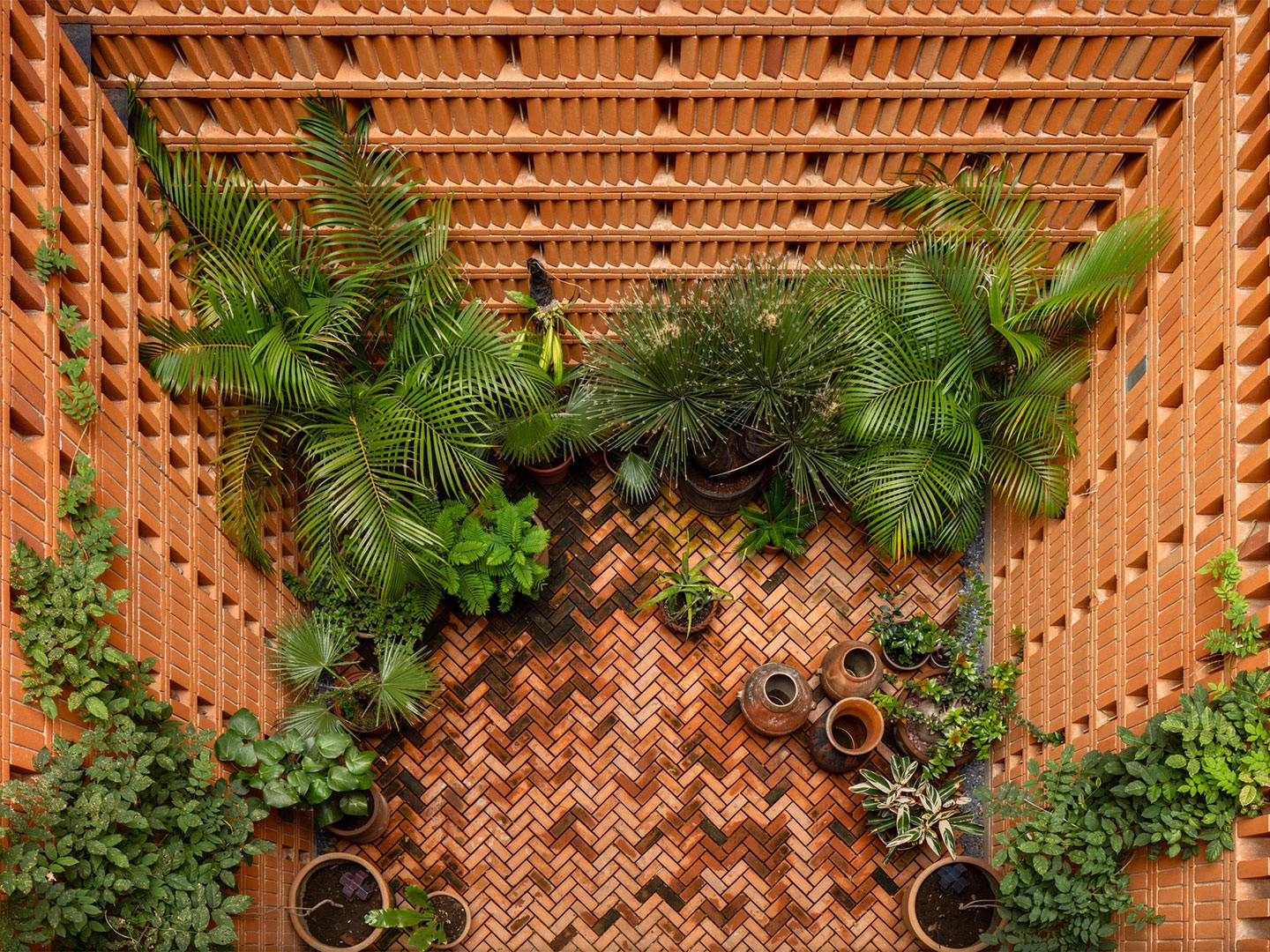
Fuelled by the desire to create the illusion of a brick-only building, the architects engaged the services of structural engineer Gerson Huerta to test-out various earthquake-proof solutions where brick could appear as the hero material. The landing point was a model where the brick facade is stabilised by invisible steel rods and plates with reinforced concrete framing the two upper levels and the eastern wall.
Above all else, the project “seeks silence and synthesis through the continuous, repetitive and almost obsessive use of a single material,” says Mauricio. An obsession which saw Taller de Arquitectura receive a prestigious Brick Award in late 2020: a tribute to the practice’s pursuits for high-quality brick architecture.
tallerdearquitectura.com.mx; brickaward.com
Catch up on more of the architecture highlights. Plus, subscribe to Daily Architecture News for weekly updates delivered direct to your inbox.
